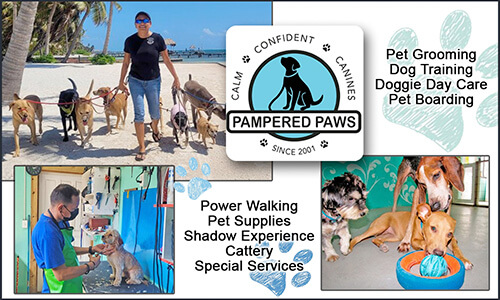During the next few weeks “Twenty Five Years Ago” will be taking you through a list of “Firsts” in San Pedro and Ambergris Caye which have set the pace for a good start and have led to the development of San Pedro as we know it today. So who and what and when and why were the “Firsts”?
The First Cargo Boat: Most of the cargo that comes to San Pedro comes by sea. That means tons and tons of cargo, from a bag of peanuts to a pick up truck. Today there are several cargo boats and even the airlines provide cargo service. Which was the first cargo boat for San Pedro? It was a boat named the Elsa P. and owned by Mr. Felipe Paz Sr. or Tio Pil as he is affectionately known. The Elsa P. was a fairly large wooden boat built especially for cargo. It was first powered by a large sail and a jib and could make the trip to Belize City in about five to six hours. The boat would carry empty pint bottles, coconuts, drums for kerosene, and other light cargo. Once loaded in about two days, Tio Pil would make his return journey, which could be anything from 12 to 20 hours depending on the wind speed and wind direction. A headwind made the trip to San Pedro extremely difficult and could take up to twenty four hours and so did a very calm wind. On the return trip there were sacks of flour, beans, rice, sugar and boxes of canned foodstuffs as well as some bread and vegetables. The goods were unloaded at the main pier by Big Daddy’s and from there the cargo was carried to the shops and homes on shoulder. Yes, on shoulder. Every sack of cement, every piece of lumber was carried on the shoulders. The Elsa P. made one trip per week, but at times two. Passengers also traveled by the same cargo boat, and it was the most comfortable and reliable ride at the time.
The First Fishing Cooperative: There has only been one; it was founded, flourished, and still exists but very quietly. Before 1965 all the fishing in San Pedro was handled by individuals. One sold his lobster and fish wherever he could. Lobster was boiled and sold house to house or at the Belize City Market at two for five cents. Fish was sold in bundles at about four for five cents and at times that was considered expensive. In order to find better markets for the fishermen, San Pedro’s fishermen founded the Caribeña Producers Fishing Cooperative. It purchased product from the fishermen, processed it and exported it to the United States. A good year for Caribeña could be close to two hundred thousand pounds of lobster tails exported. Fishermen obtained up to eight dollars per pound of lobster and at the end of the year received second payments of about two dollars more per pound. A second payment for a fisherman was up to twenty thousand dollars. Caribeña was the backbone of the island, but that is now history.










